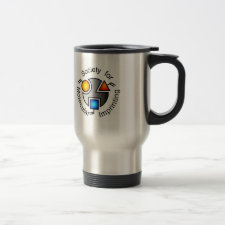
Authors: Yang KG, Li BQ, Zhou H, Ma JJ, Bai PL, Zhao CS
Article Title: Preparation and selective binding characterization of Bisphenol A imprinted polyethersulfone particles.
Publication date: 2007
Journal: Journal of Applied Polymer Science
Volume: 106
Issue: (4)
Page numbers: 2791-2799.
DOI: 10.1002/app.26924
Abstract: Bisphenol A (BPA) imprinted polyethersulfone (PES) particles were prepared for the recognition of BPA by means of phase inversion method. During the preparation of the BPA-imprinted particles, acetone, ethanol and acetone/ethanol solutions were used to extract the template BPA molecules. The SEM morphology and the recognition experiments suggested that the acetone/ethanol provided an efficient way to extract the BPA from the imprinted PES particles. The binding and recognition ability for the imprinted particles disappeared under alkali condition, and they recovered as soon as possible when the solution changed from alkali condition to neutral or acid condition. With the addition of Na+, Mg2+, and Cl-, the binding amounts for the imprinted particles and nonimprinted particles were not changed heavily, which suggested the potential application of the particles in seawater. In the BPA/BPA analogue mixed solution, the imprinted particles showed selectivity for the template molecules BPA. The FTIR results suggested that the PES and BPA interacted through hydrogen bonds. © 2007 Wiley Periodicals, Inc. J Appl Polym Sci 2007
Template and target information: bisphenol A, BPA
Author keywords: molecular imprinting, bisphenol A, poly(ether sulfones), particles, separation techniques



Join the Society for Molecular Imprinting

New items RSS feed
Sign-up for e-mail updates:
Choose between receiving an occasional newsletter or more frequent e-mail alerts.
Click here to go to the sign-up page.
Is your name elemental or peptidic? Enter your name and find out by clicking either of the buttons below!
Other products you may like:
 MIPdatabase
MIPdatabase









